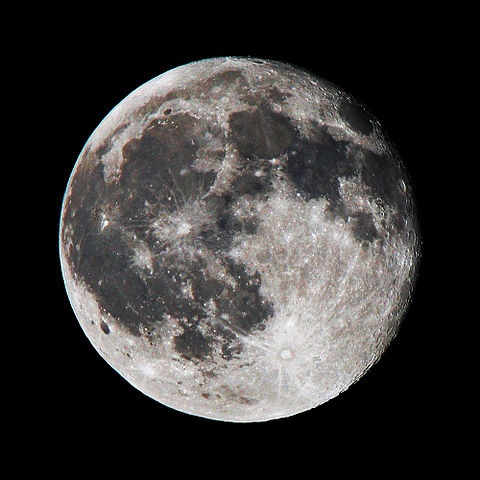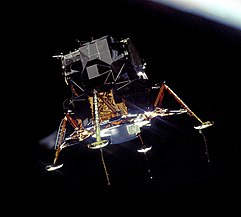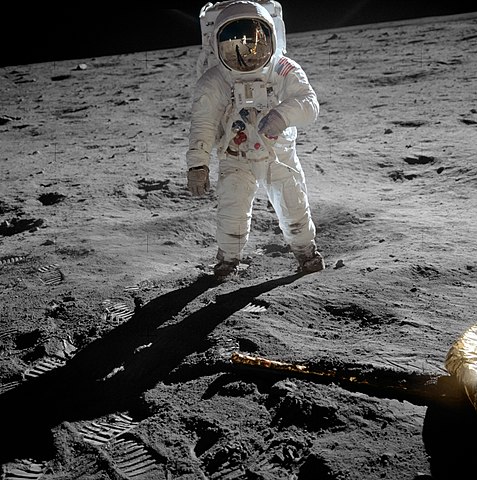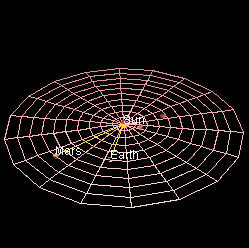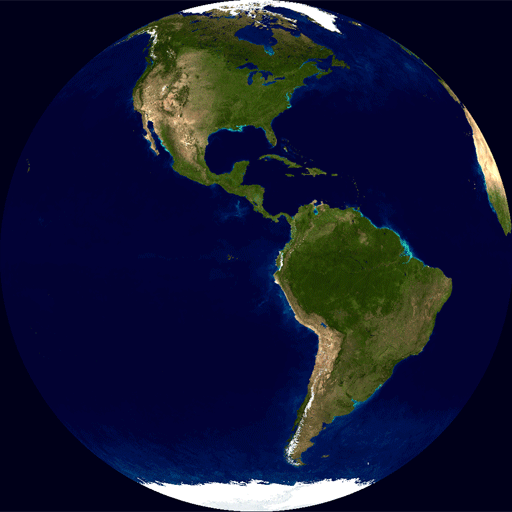We just learned about Lunar Domes.
Let's keep learning about the moon!
Another thing you can see on the moon look like wrinkled lines.
These are called wrinkle ridges.
If you look inside the crater Letronne, you will see some wrinkled lines that are wrinkle ridges.

(from: wikipedia - geology of the moon)
Kid Facts - Blast from the past: First Human in Space - Yuri Gagarin


